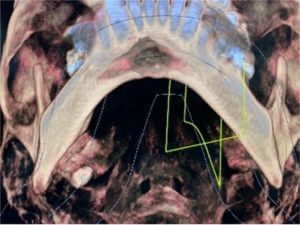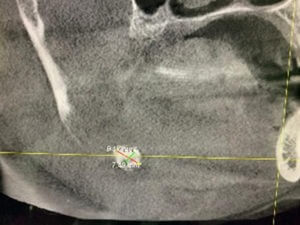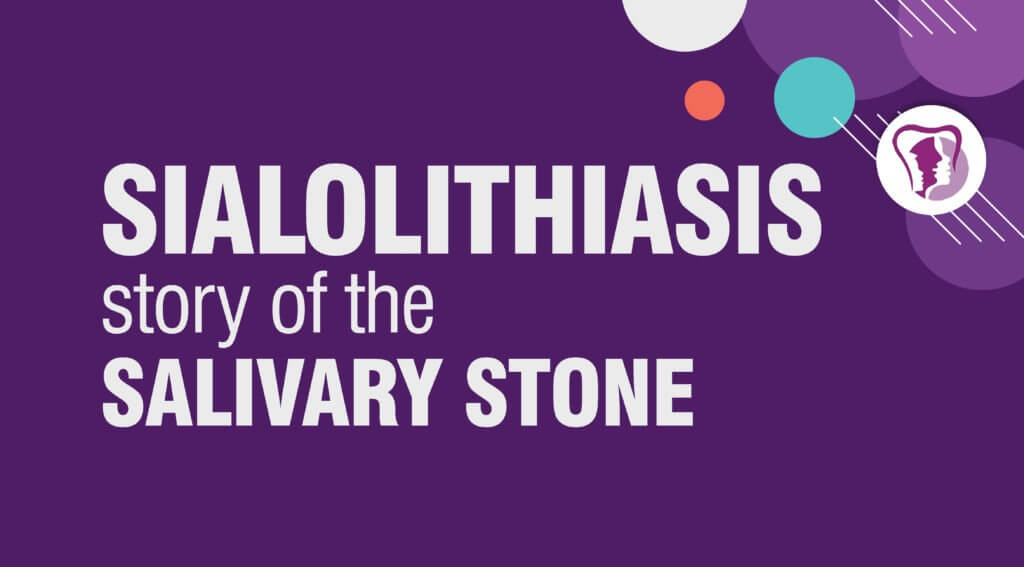Sialolithiasis – Story of The Salivary Stone
We all have heard of kidney stones. But salivary stone?! Not heard of it? remove salivary stone by sialolithiasis treatment at RICHARDSONS DENTAL AND CRANIOFACIAL HOSPITAL
What is a sialolith ?
Sialolithiasis is a condition that causes stones to develop in the channels that pass saliva, also known as the salivary ducts. Salivary stones are small deposits of calcium and other minerals. A stone can form from salts contained in the saliva. These are termed as sialoliths. Three main groups of salivary glands are present: submandibular(beneath the lower jaw), sublingual (beneath the tongue) and parotid (in front of the ear).
Why does it occur?
Stones are particularly likely to form when people are dehydrated or take drugs that decrease saliva production. People with gout are also more likely to form stones. Salivary gland stones are most common among adults.
What might be the symptoms?
While these stones generally cause no symptoms as they form, patients may begin to notice their existence after they reach a size that blocks the salivary ducts. When a blockage occurs, saliva starts to backflow, causing pain and inflammation. The salivary gland swells up painfully. The pain and swelling worsen after eating, particularly when people eat something that stimulates saliva flow (such as a pickle or lemon juice) because when the duct is blocked, the saliva has no place to go and the gland swells. The swelling may go down after a few hours, and the duct may release a gush of saliva. Some stones do not cause any symptom. Patients often report intermittent pain that worsens when treatment isn’t sought right away. A blocked duct and gland filled with stagnant saliva may become infected with bacteria.



What is sialolithiasis treatment?
For salivary gland stones, both conservative and surgical treatment options are available. It depends on the size and severity of the stone. Radiological and clinical evaluation is done to determine the position, size and depth of the stone. Dental x-rays, CT, CBCT scans,USG, sialographyetc are a few.
Medical treatment includes: pain relievers (analgesics), adequate hydration, massaging the glands, improve saliva flow with lemon juice or wedges, sour candy, or a combination. Or medications to improve salivary glow called sialogogue .
If the stone does not pass on its own, or is of a bigger size, surgical intervention is required.
The following are the options for sialolithiasis treatment :
- Some superficial stones may be massaged or manipulated out by the clinician.
- Deeper stones require surgical removal, a procedure done under general anesthesia.
- A newer treatment that uses shock waves to break the stone into small pieces is another option.
- A procedure calledsialoendoscopy, can diagnose and treat stones in the salivary gland duct using very small cameras and instruments.
- If stones become infected or come back often, complete removal of the gland must be done.
So if you seem to have a sialolith or show the symptoms of it, RICHARDSONS DENTAL AND CRANIOFACIAL HOSPITAL is the go to place. Get it treated and live better.

